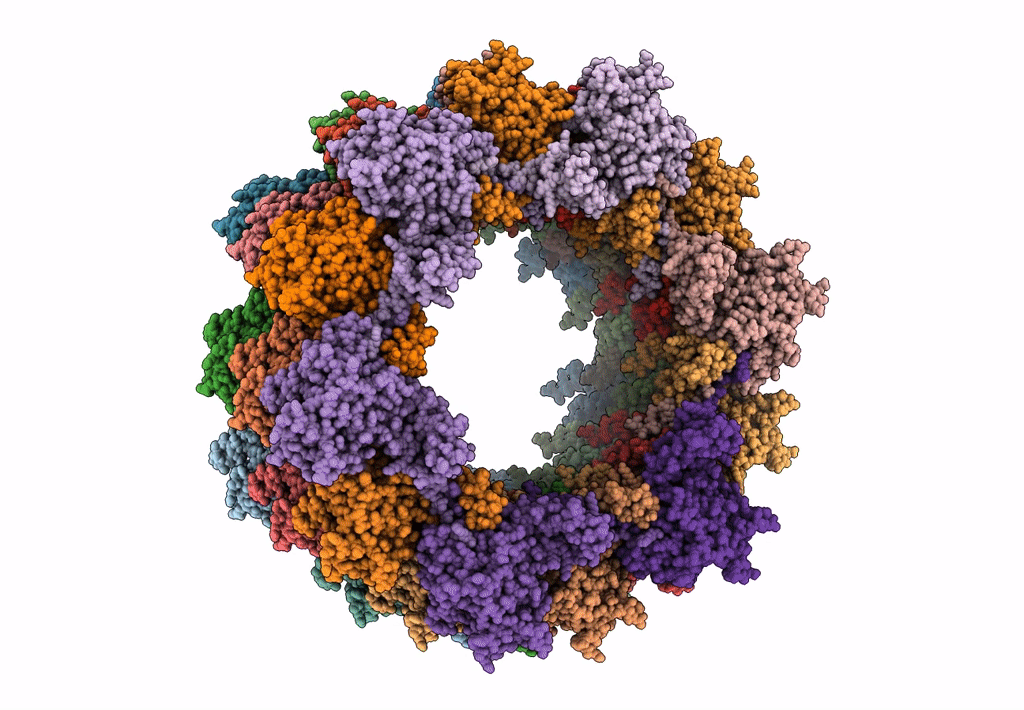
Deposition Date
2015-02-17
Release Date
2015-04-01
Last Version Date
2024-02-21
Entry Detail
PDB ID:
3J9R
Keywords:
Title:
Atomic structures of a bactericidal contractile nanotube in its pre- and post-contraction states
Biological Source:
Source Organism:
Pseudomonas aeruginosa (Taxon ID: 287)
Method Details:
Experimental Method:
Resolution:
3.90 Å
Aggregation State:
FILAMENT
Reconstruction Method:
HELICAL


